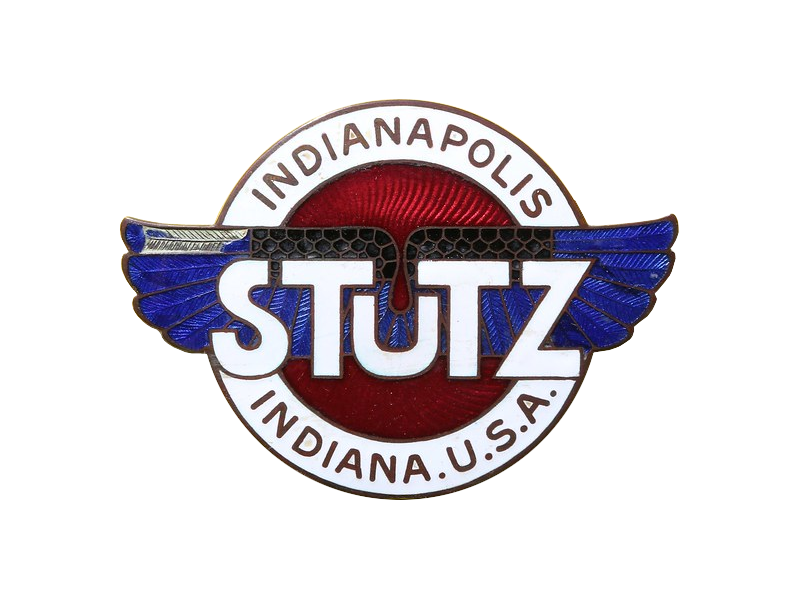1914 Stutz Series E Bearcat

The descriptions of the Classic Cars in the Directory were partly generated or supplemented with the help of artificial intelligence (AI). The content may occasionally not always be entirely accurate or factually correct despite careful checking.
The Stutz Series E Model Bearcat of 1914 is a vintage sports car renowned for its speed, power, and advanced technology during its time. This classic car features a light-weight and sturdy body, exceptional performance, and unmatched handling that make it a favorite among car enthusiasts.
The Stutz Series E Bearcat is powered by an eight-valve four-cylinder T-head engine with a displacement of 390 cubic inches, producing 60 horsepower. It is equipped with dual ignition and a Bosch magneto that delivers power to the spark plugs of the engine cylinders. The engine is mated to a three-speed sliding-gear transmission that ensures smooth and effortless shifting.
The chassis of the Stutz Series E Bearcat is built on a steel frame that has been expertly engineered for optimum rigidity and lightweight. The suspension features a unique system of quarter-elliptic springs at the front and full elliptic springs at the back. It also includes a friction shock absorber system that enhances stability during high-speed driving.
One of the most notable features of this classic car is its impressive braking system. It comes equipped with four-wheel mechanical brakes that are cable-operated and offer exceptional stopping power. The handbrake control is located on the right side of the cockpit, next to the driver's seat, and can be used to activate the rear brakes independently.
The Stutz Series E Bearcat has a top speed of 80 mph and can accelerate from 0 to 60 mph in just 10 seconds. Its lightweight design and advanced engineering give it exceptional handling and stability, allowing for sharp turns and precise control.
The interior of the car is simple yet elegant, featuring a leather bench seat and a wood-rimmed steering wheel. The instrument panel consists of a speedometer, an oil pressure gauge, and an ammeter, and it displays all the necessary information about the car's performance.
Overall, the Stutz Series E Bearcat of 1914 is an exceptional vintage sports car that combines power, advanced engineering, and timeless design. It is a true masterpiece of automotive engineering that stands the test of time and remains a favorite among classic car enthusiasts to this day.
Milestones
- Introduction at the New York Auto Show in January 1914 - Powered by a 4-cylinder engine with a displacement of 361 cubic inches and producing 60 horsepower - Lightweight and agile design with a short wheelbase and minimal bodywork - Featured a distinctive bearcat mascot on the radiator cap - Top speed of 80 mph, making it one of the fastest cars of its time - Won several races and set speed records, including a 24-hour endurance race at the Indianapolis Motor Speedway - Limited production run of only 305 units - Considered a highly desirable collector's car, with examples fetching millions at auction today.Technical
- Produced from 1914 to 1916 by Stutz Motor Car Company - Two-seater, open-top roadster body style - Engine: 4.9L inline-four with T-head design - Horsepower: 60 - Top speed: 80 mph - Transmission: 3-speed manual - Rear-wheel drive - Weight: 2,600 lbs - Wheelbase: 120 inches - Front suspension: semi-elliptic leaf springs - Rear suspension: full-elliptic leaf springs - Brakes: mechanical drum brakes on rear wheels only - Fuel tank capacity: 15 gallons - Original cost: $2,000 - Considered one of the earliest American sports cars and highly sought after by collectors today.